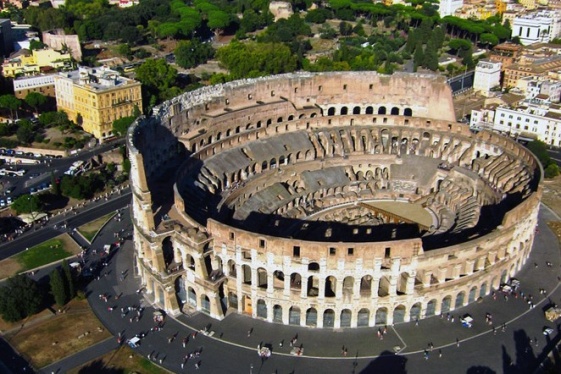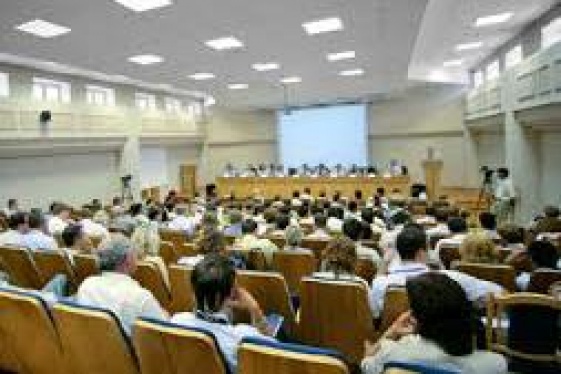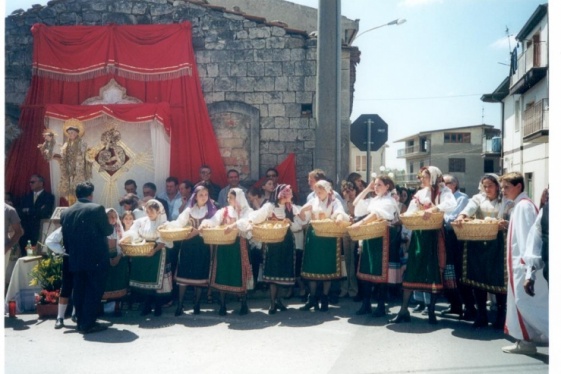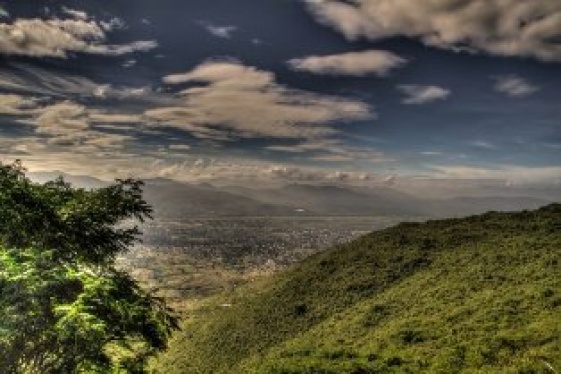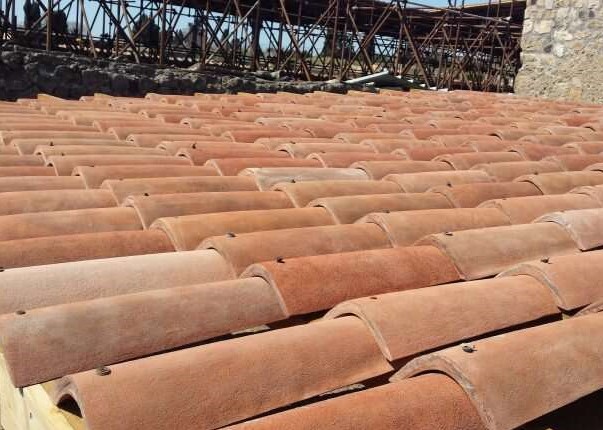

BY: Diego Giuliani
Solar panels disguised as ancient Roman tiles or terracotta bricks to match the city skyline. The innovative solutions adopted by the archaeological park of Pompeii and the Portuguese city of Evora pave the way for an inspiring model: turning architectural constraints into assets, boosting heritage and sustainability.
Each year over 3.5 million tourists from all over the world visit Pompeii to admire the ruins left by the eruption of the Vesuvius that, in 79 AD, engulfed it together with the nearby city of Herculaneum. Some of them might have bumped into the sheep which have been recently introduced to mow the grass in the archaeological park. But certainly none of them will have seen the solar panels on the magnificent House of Cerere.
SOURCE: https://techxplore.com
You may be interested
-
'Phantom Limb': A Conversation With Dennis...
Dennis Palumbo is a thriller writer and psychotherapist in private practice. He's the auth...
-
Arnaldo Trabucco, celebrated medical practit...
Arnaldo Trabucco, MD, FACS is a leading urologist who received his medical training at ins...
-
Exciting Palatine. Interview with Clementina...
You can tell she fills with excitement when she has the chance to show an important archae...
-
ISSNAF medical imaging science chapter meeti...
AGENDA 12.00 – 12.15 Light lunch12.15 – 12.30Welcome addresses Lorenzo Mannelli, MD, PhD...
-
Italy, the importance of innovation for agri...
by Claudia Astarita The food farming sector is still one of the engines of Italia...
-
'A Ziarella va in America: tournèe in Arizona...
‘A Ziarella va in America. Non è un titolo da film, ma una piacevole realtà. Il...
-
'Extinct' volcano near Rome is waking up and...
A volcano near Rome thought to be extinct appears to be waking up and entering a new erupt...
-
'I'm an Italian travel expert - this spot by...
Italy is renowned for its natural beauty but it's also well-known for its heaving tourist...





